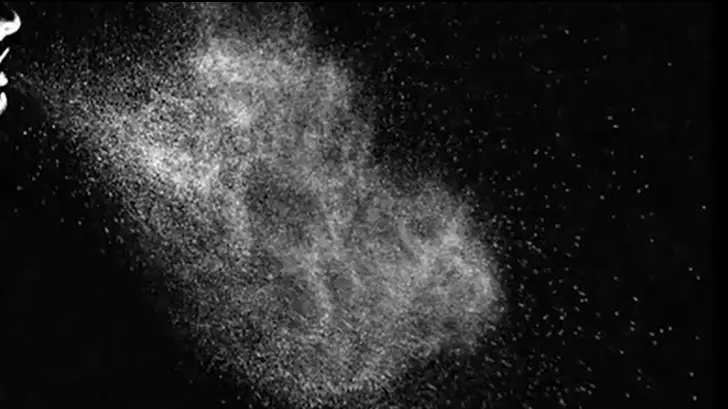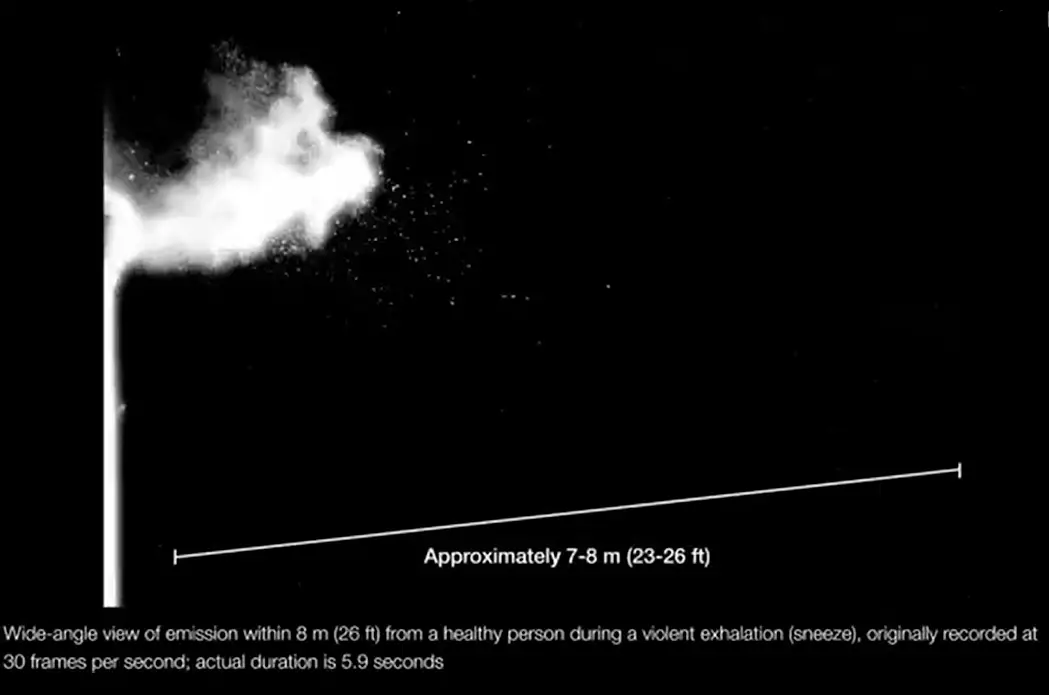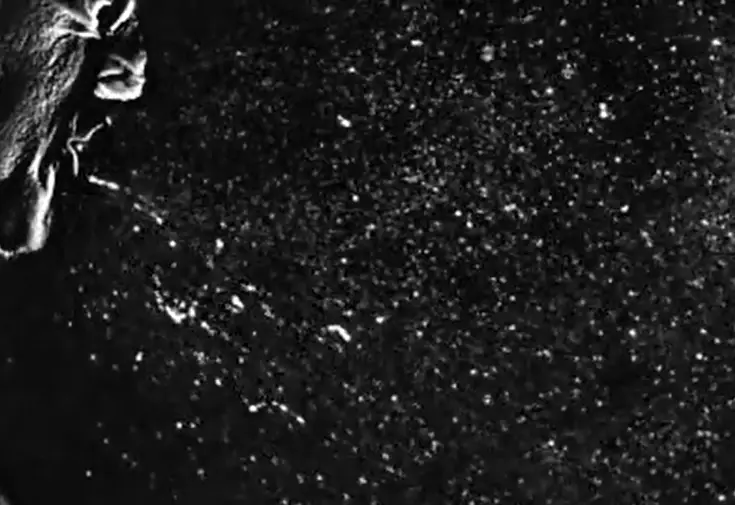
We're all aware that Covid-19 is incredibly contagious, but the video below really makes it hit home just how easily any disease can be spread by droplets expelled when you sneeze.
The slow motion clip shows just how far a sneeze can carry the virus, and it's an unbelievable 26 feet away.
Advert
Scientists in America filmed a healthy person sneezing, then slowed it down from 0.25 seconds to about 20 seconds.
As you can see - the viral droplets that are released from our body in coughs and sneezes are able to travel in the warm, moist atmosphere they thrive in at an incredible speed of up to 100 feet per second.
In the third clip in the video, you can also see the sneeze from further away, with droplets travelling 23 to 26 feet (7 to 8 metres).
This means the infectious droplets can reach much further than the two metres the government has advised in physical distancing measures.

Writing in the Journal of the American Medical Association (JAMA), Professor Bourouiba of the Massachusetts Institute of Technology says modern social distancing measures are based on models that don't take into account the way droplets are carried through warm gas clouds, as well as through the actual bodily fluids.
Advert
In the journal, Professor Bourouiba says: "Although such social distancing strategies are critical in the current time of pandemic, it may seem surprising that the current understanding of the routes of host-to-host transmission in respiratory infectious diseases are predicated on a model of disease transmission developed in the 1930s that, by modern standards, seems overly simplified.
"Implementing public health recommendations based on these older models may limit the effectiveness of the proposed interventions.
"These distances are based on estimates of range that have not considered the possible presence of a high-momentum cloud carrying the droplets long distances."
This also means that the virus particles can stay in the air for much longer than first expected.

Professor Bourouiba also said that the three to six feet (one to two metre) guidelines underestimate the distance infected droplets can travel and how long the virus can live in the air.
Advert
She said this gives an 'underappreciated potential exposure range for a health worker' - in other words, PPE is essential to protect carers and medics.
She added: "For these and other reasons, wearing of appropriate personal protection equipment is vitally important for health care workers caring for patients who may be infected, even if they are farther than six feet away from a patient."
As if you didn't need reminding, social distancing is one of the most powerful weapons we have in the fight to control the spread of the novel coronavirus - stay as far away from each other as possible.
Featured Image Credit: JAMATopics: Science, Coronavirus, Health